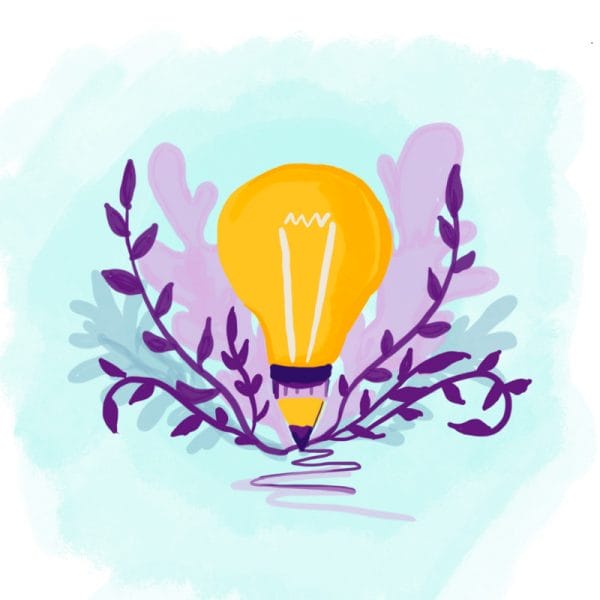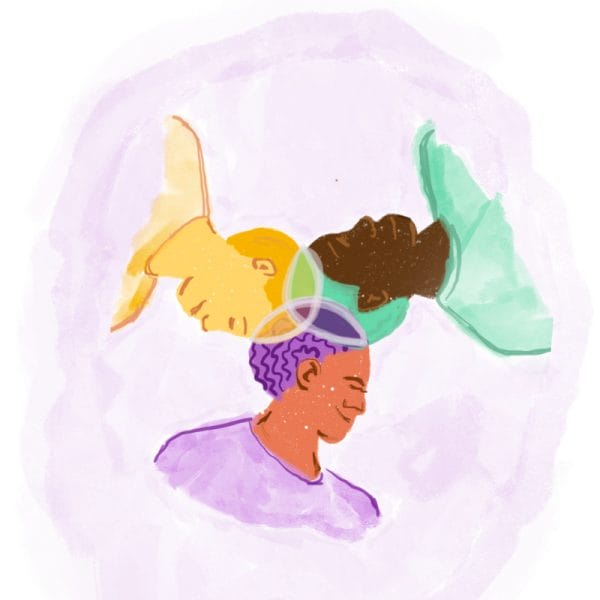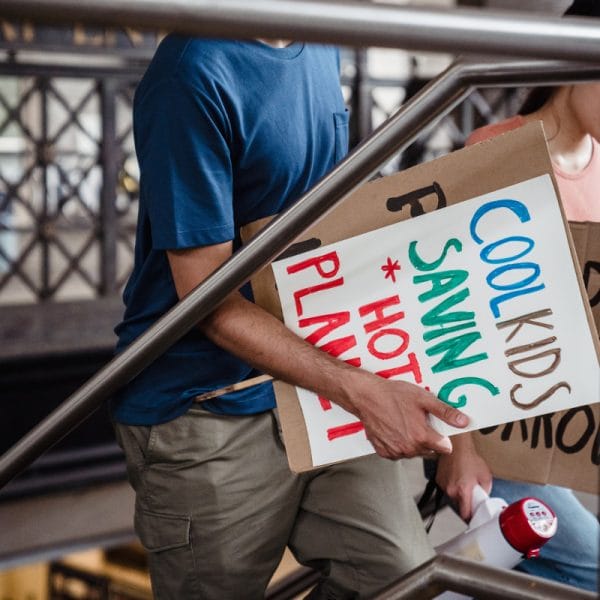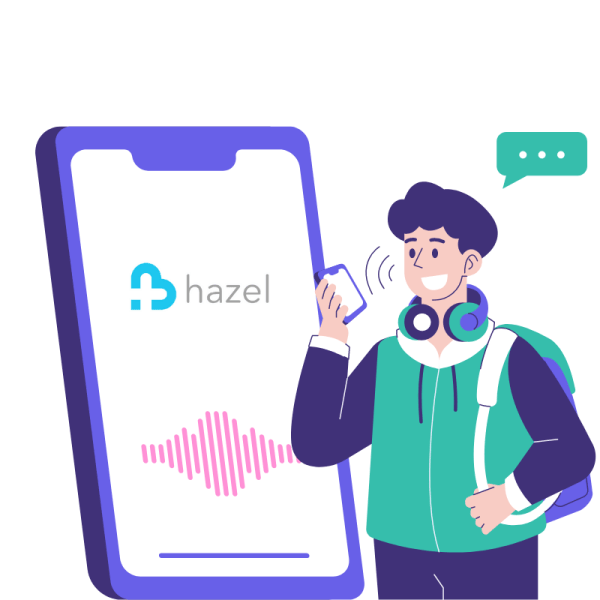UNICEF Kid Power
 UNICEF Kid Power launched in 2014 as the world’s first Wearable-for-Good® and quickly became one of the largest ed-tech programs reaching underserved US elementary schools. Kid Power had reached over a half a million children, but the reliance on hardware was preventing the program from scaling further. In 2018, the program underwent a shift to a fully web-based option, in order to increase access and impact for entire classrooms of kids and their teachers, who may not have activity-tracking wristbands but still want to get active and save lives. The new version of the product uses videos in the classroom to get kids up and moving and participating in these video experiences gives whole classrooms the ability to unlock the food packets and earn coins together.
UNICEF Kid Power launched in 2014 as the world’s first Wearable-for-Good® and quickly became one of the largest ed-tech programs reaching underserved US elementary schools. Kid Power had reached over a half a million children, but the reliance on hardware was preventing the program from scaling further. In 2018, the program underwent a shift to a fully web-based option, in order to increase access and impact for entire classrooms of kids and their teachers, who may not have activity-tracking wristbands but still want to get active and save lives. The new version of the product uses videos in the classroom to get kids up and moving and participating in these video experiences gives whole classrooms the ability to unlock the food packets and earn coins together.
As that shift took place, the UNICEF team was interested in exploring how they might maximize the program’s motivational power and its effects on the prosocial empowerment and social-emotional skills of the kids exposed to the program. In November 2018, the UNICEF team engaged Hopelab in a two-day research and design workshop in which we shared learnings on the benefits of help-giving and the power of prosocial motivation, ideated ways to boost potential empowerment and social-emotional effects of the Kid Power program, and mapped research approaches to evaluate its effectiveness.
Hopelab gathered members from our research, strategy, and design teams to convene with the Kid Power team for a sprint-style workshop. The team focused on simplifying the product offering and amplifying the sense of purpose created through the product experience. Here are some of our most compelling moments from the time we spent together.
The Power of Mattering
Hopelab shared the research on the incredible effects of feeling like you matter, that you are making a meaningful contribution to the world and especially to other people, on our health, wellbeing, motivation, and sense of community. Even young kids benefit from seeing how they can contribute and use their gifts, talents, and energy to make a difference for others. The science calls this “prosocial behavior” and the evidence is clear – it’s a powerful source of health and motivation. The Kid Power team knew they were already tapping into this energy with their product. As a teacher in Texas shared, “I had a student who was homeless, living in a shelter. He kept a tally of all the food packets he unlocked in his notebook and would share with his family every night. He felt empowered and developed a sense of self-worth by helping others.”

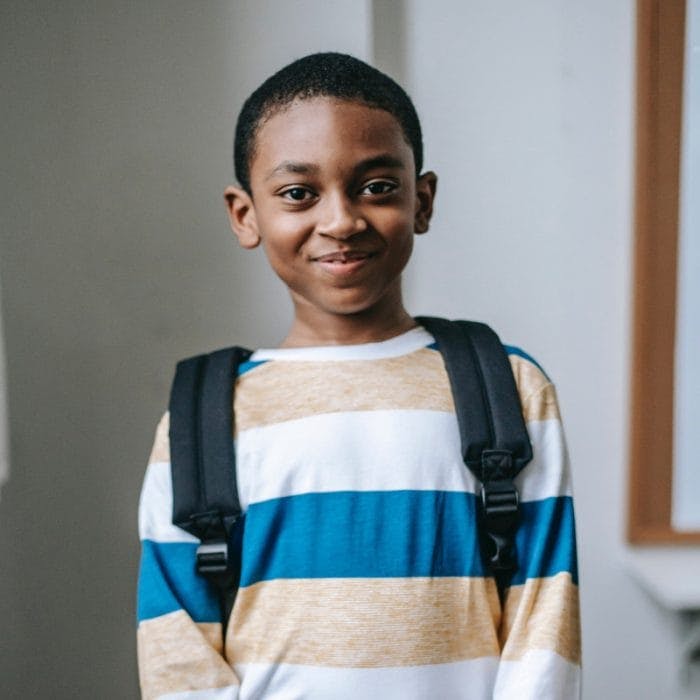
 UNICEF Kid Power launched in 2014 as the world’s first Wearable-for-Good® and quickly became one of the largest ed-tech programs reaching underserved US elementary schools. Kid Power had reached over a half a million children, but the reliance on hardware was preventing the program from scaling further. In 2018, the program underwent a shift to a fully web-based option, in order to increase access and impact for entire classrooms of kids and their teachers, who may not have activity-tracking wristbands but still want to get active and save lives. The new version of the product uses videos in the classroom to get kids up and moving and participating in these video experiences gives whole classrooms the ability to unlock the food packets and earn coins together.
UNICEF Kid Power launched in 2014 as the world’s first Wearable-for-Good® and quickly became one of the largest ed-tech programs reaching underserved US elementary schools. Kid Power had reached over a half a million children, but the reliance on hardware was preventing the program from scaling further. In 2018, the program underwent a shift to a fully web-based option, in order to increase access and impact for entire classrooms of kids and their teachers, who may not have activity-tracking wristbands but still want to get active and save lives. The new version of the product uses videos in the classroom to get kids up and moving and participating in these video experiences gives whole classrooms the ability to unlock the food packets and earn coins together.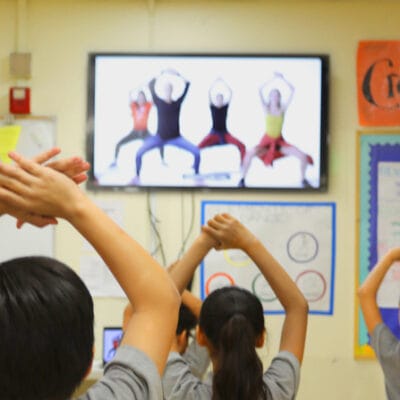 A valuable outcome of the two-day workshop was the connection made between Dr. Stephanie Jones and the Kid Power team. Brain Games is a set of 27 short, adaptable games that fit easily into the regular breaks in a school day. Early research suggests the games help effectively build critical executive functioning skills like paying attention, working memory, and following directions. And like the brain breaks the Kid Power team was experimenting with, Brain Games builds on a strong evidence base linking physical activity to improved social, emotional, and academic outcomes.
A valuable outcome of the two-day workshop was the connection made between Dr. Stephanie Jones and the Kid Power team. Brain Games is a set of 27 short, adaptable games that fit easily into the regular breaks in a school day. Early research suggests the games help effectively build critical executive functioning skills like paying attention, working memory, and following directions. And like the brain breaks the Kid Power team was experimenting with, Brain Games builds on a strong evidence base linking physical activity to improved social, emotional, and academic outcomes.